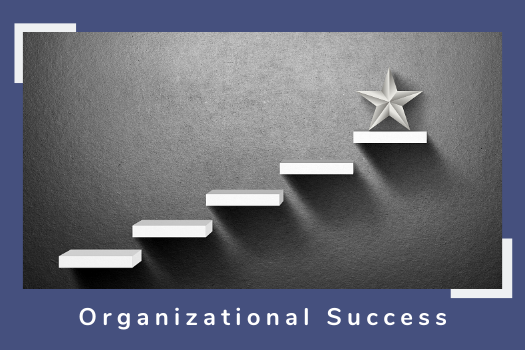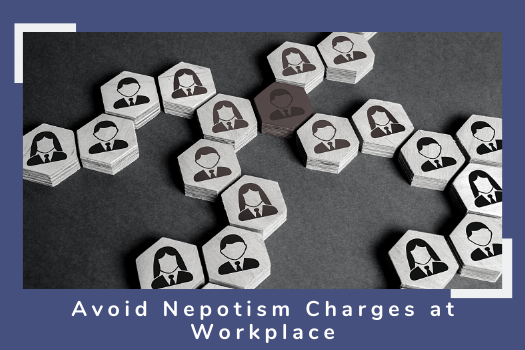Culture: The Underrated Differentiator of Organizational Success
Employee Engagement, Employee Relations, Rewards and Recognition
Most of the companies that exist today which are struggling to achieve ultimate success in the field that they operate is due to the passiveness towards culture. The misbelief that culture is something that couldn’t be controlled is a misconception among them.
Every successful company all around the world has their culture to point to for their success.
Apple is the best example to start with. Steve Jobs, an indisputable leader, at the times of development of Macintosh, wanted his employees to work around the clock at their level best. The famous story goes on like this. He made T-shirts for them saying “Working 90 Hours a week and loving it”. The result was a historic success.
Culture sets the unique Identity
When the focus is on culture, it sets the guiding principles. People will remember the organization for this. Only employees who share the same attributes will be working there. Even the hiring and firing will be influenced by this. In short, the culture keeps the organization in shape.
Culture is the attribute which keeps the organization novel from its competition. Just as a character makes a person different among his folk, culture could be said as its own personality. In short, customers who are looking to buy your product will see your soul on the end product. This makes them identify themselves with the brand.
Building Macintosh when there was nothing remotely like this was a difficult task. By setting such a goal and identifying each employee’s work very important, Steve Jobs set a culture to which the employees gave their everything to live up to.
The right way to focus on Culture
Customers want to feel the products are made especially for themselves. The senior executives of any company are enthusiastic to share their organizational culture. Yet their idea seems incomplete in most cases. The real picture has to be collected from different fool proof strategies such as customer feedback, employee surveys and strategic documentation.
These multi-level data collection help in getting a complete picture of the organization’s purpose and values. This enables executives to encourage the right behaviours while pruning the wrong ones.
Culture builds the loyalty of employees
In previous times, the pay-check was the only driving factor to work for most in the Industrial Age. This is not the condition right now. Today, more creativity and dedication are required more than ever. It poses more challenges and requires better co-operative and communicative qualities as an employee. The need for more sceptic people in an organization who won’t swallow anything without touching their throat helps in growing a better culture with active participation from employees.
With the Millennials having the major share of work in the market, their peculiarities should be taken into consideration for the success. They want to feel their work has a value and makes a difference in the whole project. They want to feel they have given something which leaves a legacy. The culture makes it easy to hire or fire the right employee if the executive has a clear vision of their own culture.
The resonance between Culture-Business strategy
It is not exactly a good or bad culture. It’s about a rather effective or ineffective culture. It is always determined by how much the business strategy and culture match each other. Sometimes when organizations find success all of a sudden, they forget to give emphasis on continued success. With the changing market trend, a company should continuously review and renew their strategy for continuous success.
With that said, culture should also be renewed accordingly. By this, we mean, while an organization is busy determining its business model and brand, they should have the kind of culture determined to drive them to the kind of success required to reach there.
Culture: Hidden Contributor to an Organization’s lion share of success
Usually, there is no written or defined cultural norms for any organization. Yet, within every successful organization, you can identify the presence of a definite culture in play. This disguised nature of culture could be understood with the Iceberg analogy.
On the surface part of Iceberg, which is very little, anyone can see the Business Strategy which is woven from Shared values and a Vision for the future by attaining micro-macro goals in which structure and policies play a huge role. All this can be noticed by anyone who studies the organization’s success.
The real driver of all these factors of the outer part of the iceberg is the larger portion called Culture. The beliefs, perceptions, values, shared assumptions, norms, tradition and unwritten rules play the role of creating a sustainable culture. Here the feelings of each employee should be fed well to get the best output.
Thus, the alignment of culture with Strategy without any difference in both visible and invisible part of the organization long-lasting success is created.






